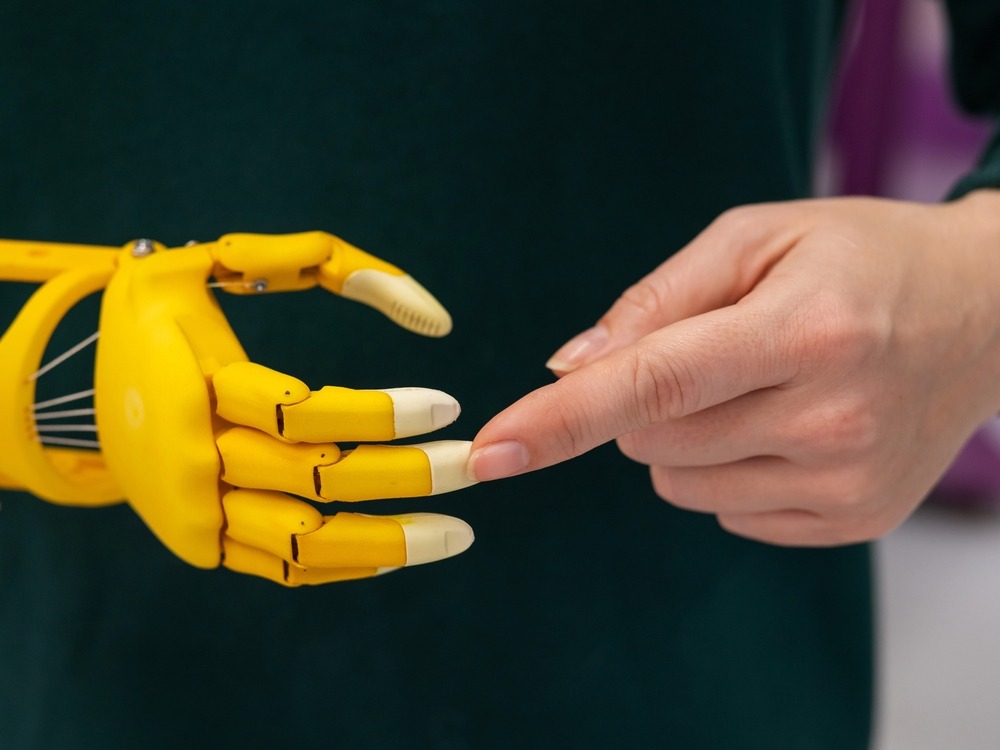Introduction
Prosthetics have transformed the lives of millions of people around the world, restoring mobility, independence, and confidence. However, as technology advances, a crucial question arises: Can we make artificial limbs more sustainable by using recycled materials? The world is facing an environmental crisis, and industries across the board are rethinking their production processes to minimize waste and reduce carbon footprints. The prosthetics industry, traditionally reliant on plastic and metal, is no exception.
This article explores the feasibility, benefits, and challenges of creating eco-friendly prosthetics using recycled materials. Could this be the future of sustainable healthcare?
The Growing Need for Sustainable Prosthetics
The demand for prosthetics is rising due to several factors, including population growth, aging, chronic diseases, and war-related injuries. According to the World Health Organization (WHO), more than 30 million people worldwide require prosthetic limbs or other mobility devices. Traditional prosthetic production involves materials like polypropylene, carbon fiber, titanium, and silicone, many of which are energy-intensive to manufacture and difficult to recycle.
Additionally, access to affordable prosthetic limbs remains a significant issue, especially in developing countries. This raises the question: Can recycled materials offer a sustainable and cost-effective alternative to traditional prosthetics?
Exploring Recycled Materials for Prosthetics
To determine whether artificial limbs can be built from recycled materials, we must explore viable options:
1. Recycled Plastics
- Source: Ocean waste, plastic bottles, medical plastic waste.
- Benefits: Lightweight, durable, and flexible.
- Challenges: Ensuring high strength and medical-grade safety.
Plastics such as polypropylene and polyethylene are commonly used in prosthetics for their flexibility and durability. Recycled plastics from everyday waste, such as PET bottles, could be repurposed into prosthetic sockets or outer coverings, reducing landfill waste.
2. Upcycled Metals
- Source: Scrapped bicycles, aluminum cans, old medical devices.
- Benefits: Strong, corrosion-resistant, and readily available.
- Challenges: Melting and reshaping metals into medical-grade components.
Recycled aluminum and titanium from scrapped machinery and old prosthetic parts could be refined and reintroduced into the supply chain, reducing the need for newly mined materials.
3. Biodegradable Composites
- Source: Plant-based fibers, bamboo, recycled carbon fiber.
- Benefits: Environmentally friendly, renewable, and lightweight.
- Challenges: Durability and long-term strength compared to synthetic materials.
Some researchers are exploring biodegradable materials like corn-based bioplastics or bamboo fibers, which are strong, lightweight, and environmentally friendly.
4. 3D-Printed Prosthetics Using Recycled Filament
- Source: Recycled plastic filament from waste materials.
- Benefits: Customizable, cost-effective, and waste-reducing.
- Challenges: Strength, heat resistance, and medical compliance.
3D printing technology is revolutionizing the prosthetics industry by allowing customized, low-cost designs. By using recycled plastic filaments, prosthetic parts can be printed on demand, reducing both costs and waste.
Benefits of Using Recycled Materials in Prosthetics
- Environmental Impact Reduction
- Reduces plastic and metal waste in landfills.
- Lowers the carbon footprint of prosthetic manufacturing.
- Cost Reduction
- Making prosthetics from recycled materials could significantly lower production costs, making them more accessible, especially for underserved communities.
- Customization & Innovation
- Using 3D printing and modular designs, patients can receive custom-fit, adaptable prosthetics at a fraction of the cost of traditional models.
- Increased Accessibility
- Recycled materials offer an opportunity for low-income regions to produce prosthetics locally, rather than relying on expensive imports.
Challenges and Considerations
While the concept of eco-friendly prosthetics is promising, there are several challenges to address:
- Material Safety & Durability
- Medical devices must meet strict safety and durability standards. Recycled plastics and metals must be rigorously tested to ensure they are biocompatible, strong, and long-lasting.
- Manufacturing Consistency
- Recycled materials vary in quality and composition, making it difficult to maintain consistent production standards for prosthetic limbs.
- Public & Medical Acceptance
- The medical community and patients need to trust and accept prosthetics made from recycled materials. Extensive testing and clinical trials are required.
- Infrastructure & Recycling Capabilities
- Not all regions have advanced recycling facilities or the infrastructure needed to process waste into medical-grade materials.
Real-World Examples & Innovations
Several organizations and researchers are already working on sustainable prosthetics:
- The Open Bionics Initiative – This UK-based company uses 3D printing and lightweight plastics to create affordable bionic arms, potentially incorporating recycled filaments in the future.
- The Million Waves Project – This initiative turns ocean plastic waste into 3D-printed prosthetic limbs for children in need, combining environmental conservation with social impact.
- The Victoria Hand Project – A non-profit organization that uses low-cost materials and 3D printing to provide prosthetic hands to people in developing countries.
Future of Eco-Friendly Prosthetics
The future of sustainable prosthetic technology is bright, with advancements in biodegradable composites, improved recycling methods, and AI-driven 3D printing making it increasingly feasible to produce artificial limbs from recycled materials.
To push this initiative forward, collaboration between engineers, medical professionals, recycling industries, and policymakers is necessary. Governments and healthcare organizations could offer incentives and funding to promote research in this field.
Conclusion
Building eco-friendly prosthetics from recycled materials is not only possible but also a necessary step toward a more sustainable future. While there are challenges to overcome, innovation, research, and public awareness can pave the way for a new era of environmentally friendly medical devices.
By investing in recycled materials, 3D printing, and sustainable design, we can create a world where prosthetic limbs are more affordable, accessible, and environmentally responsible—a future where disability inclusion and environmental consciousness go hand in hand.



